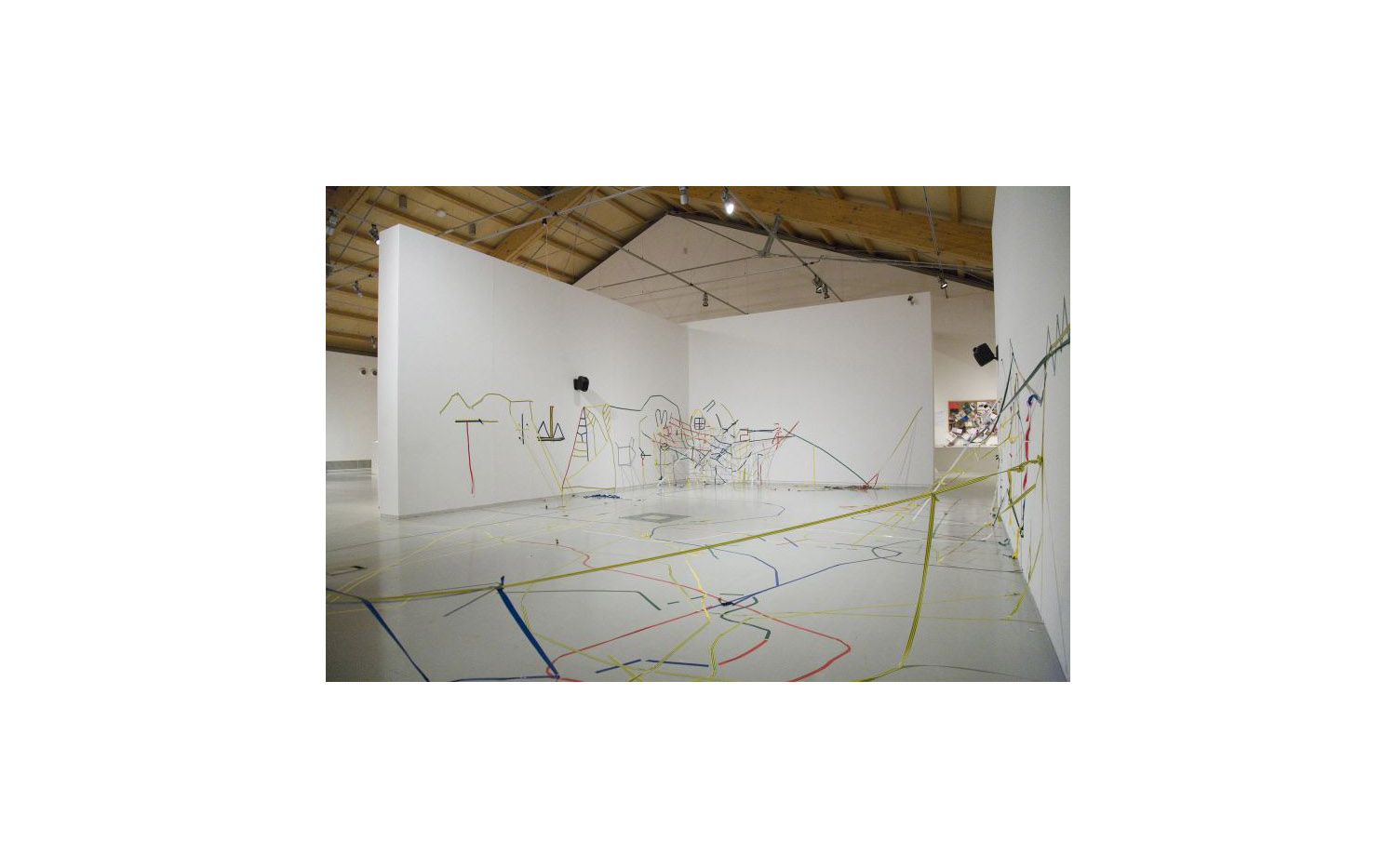“PNEUMOTHORAX”
Installation
Museu Nacional d’Art de Catalunya
2019
“The lung-archive is an actual and real intermediate space that contains all the documentation from the Museum’s different departments that are awaiting classification and encoding. Referring to it in this way makes us think of the Museum as a living being and all of the documents it creates as its oxygen.
Artist and educator Jordi Ferreiro has immersed himself in this archive to research the Museum’s long relationship with education. A pneumothorax is a perforation that causes a leak and brings to light the photographs, documents, materials and experiences that have swung between the artistic and the educational since 1945 and through 2000.
At a time of intensive thought about the role of education at many different levels, the intention of this ‘leak’ in the archive-lung is to generate a time for the cultural institution to pause and reflect by reviewing its history.”
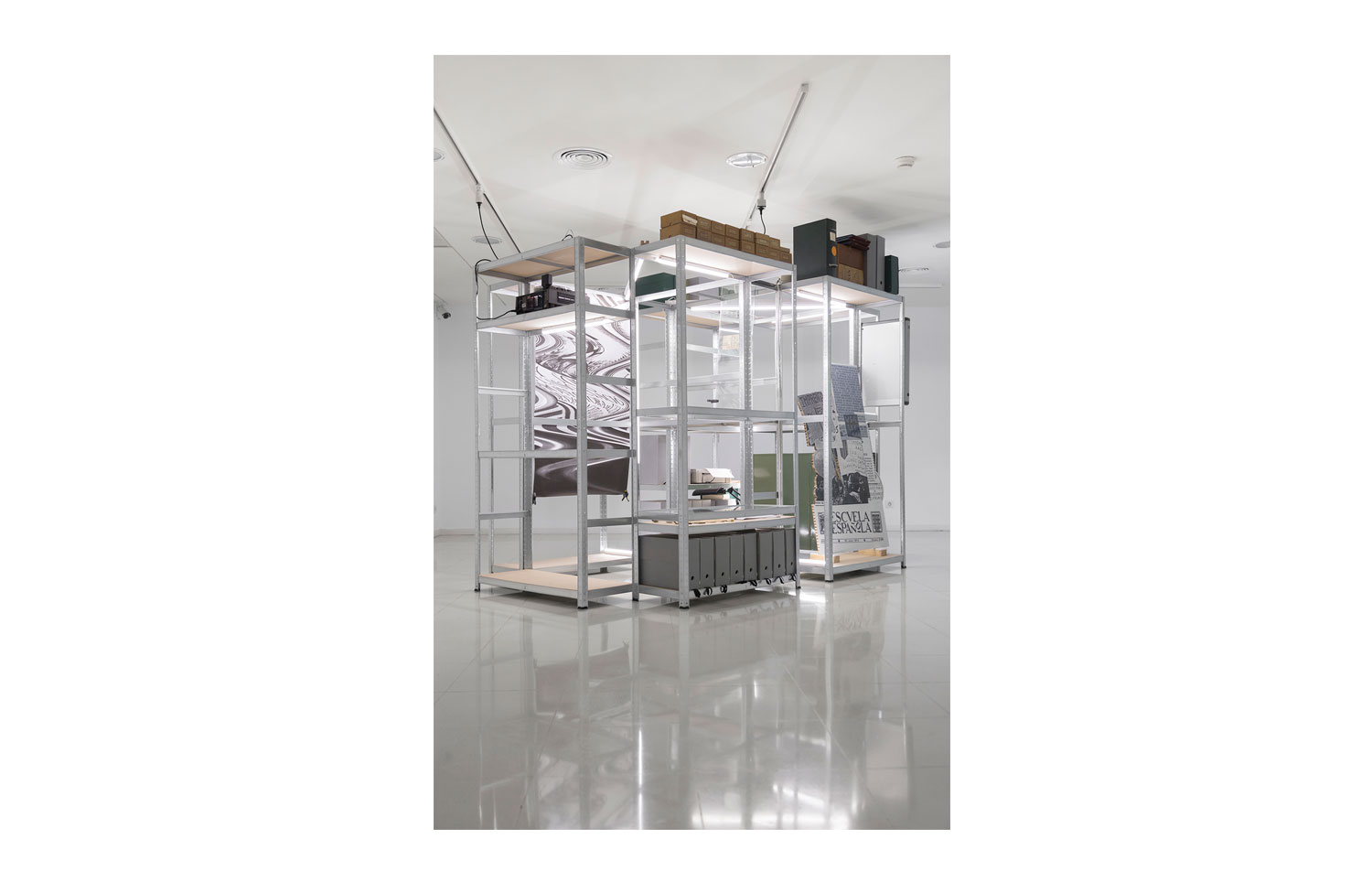
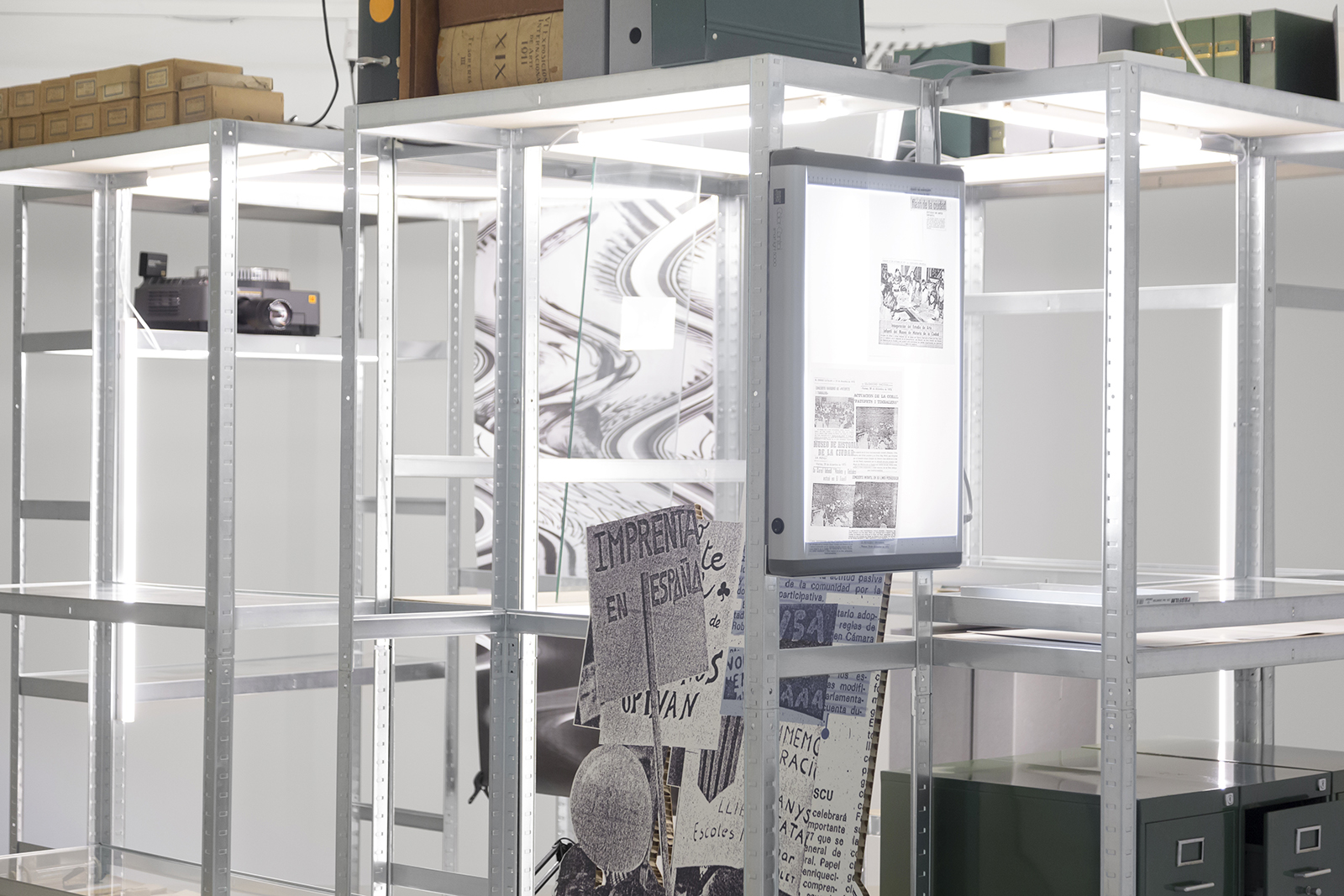

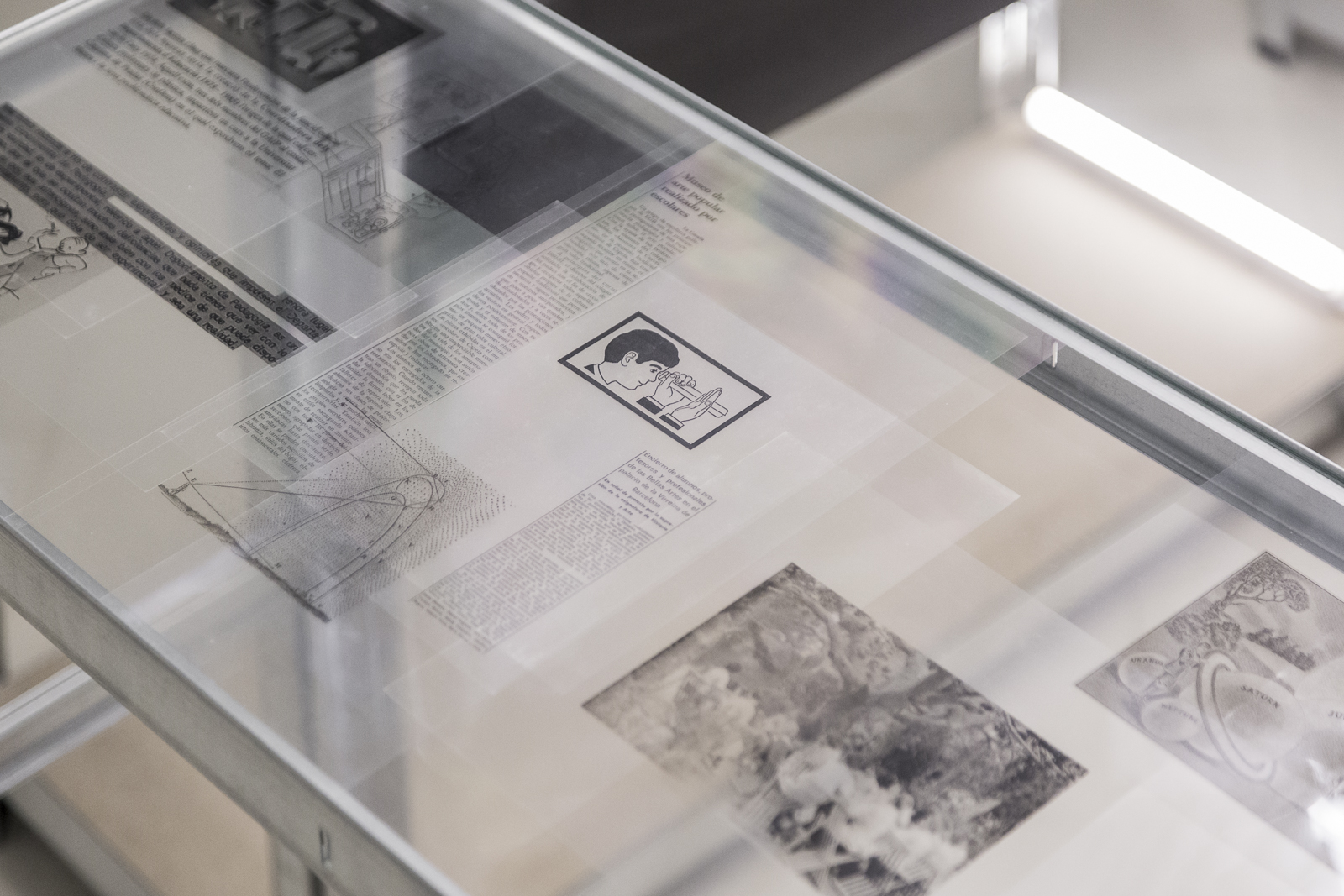
Ongoing project
2019
Inspired by the artwork “My Mailbox is a Museum” by Ulises Carrión, and by the now obsolete correspondence schools of the previous century, Ferreiro’s project generates a pedagogical situation that takes place outside the times and spaces dictated by the educational institution.
“This Envelope Is a Classroom” was a collaborative postal mail network in which agents from around the world shared knowledge and tools through the postal system; promoting learning as an expanded process, going beyond school education.
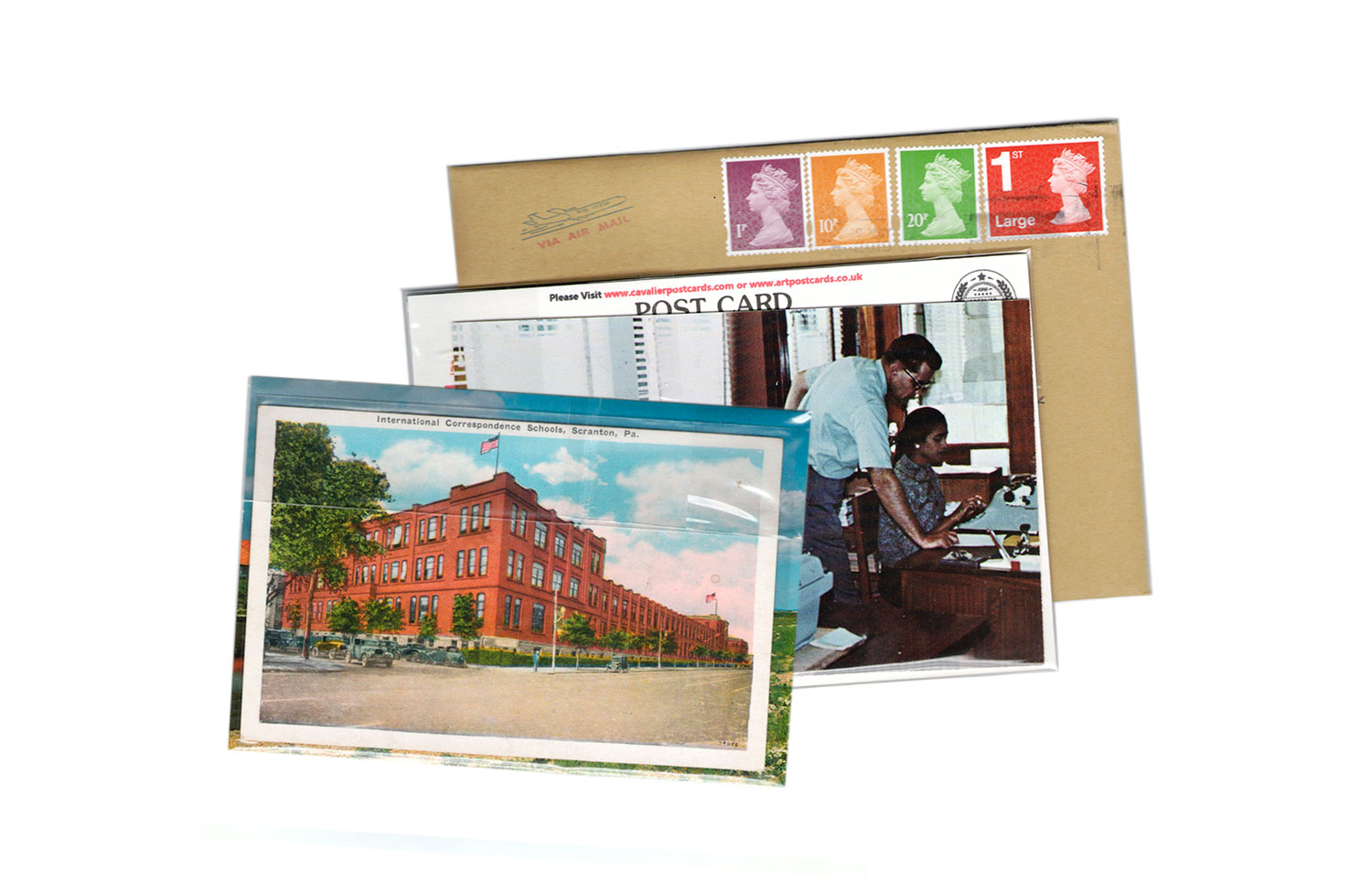
“I’ve alredy explained this before, but the story changes each time I tell it”
Installation
Teoretica, Costa Rica
2018
Whenever we remember an event, what we are really remembering is the last time we reconstructed the event in our mind, not the event itself. Somehow, in attempting to cast our mind back to what happened, we actually push the original event further away.
Our memory is like a modified recording device that is unable to stop recording. The magnetic strip records everything that enters the microphone, but each time we try to recover a past fragment, we can’t help recording over it, in an exercise of continual overwriting.
If we understand memory as a recording device – as an accumulation of infinite layers that accrue on top of the original memory – and our subjectivity as a force that distorts what we have lived, we call into question the concept of memory.
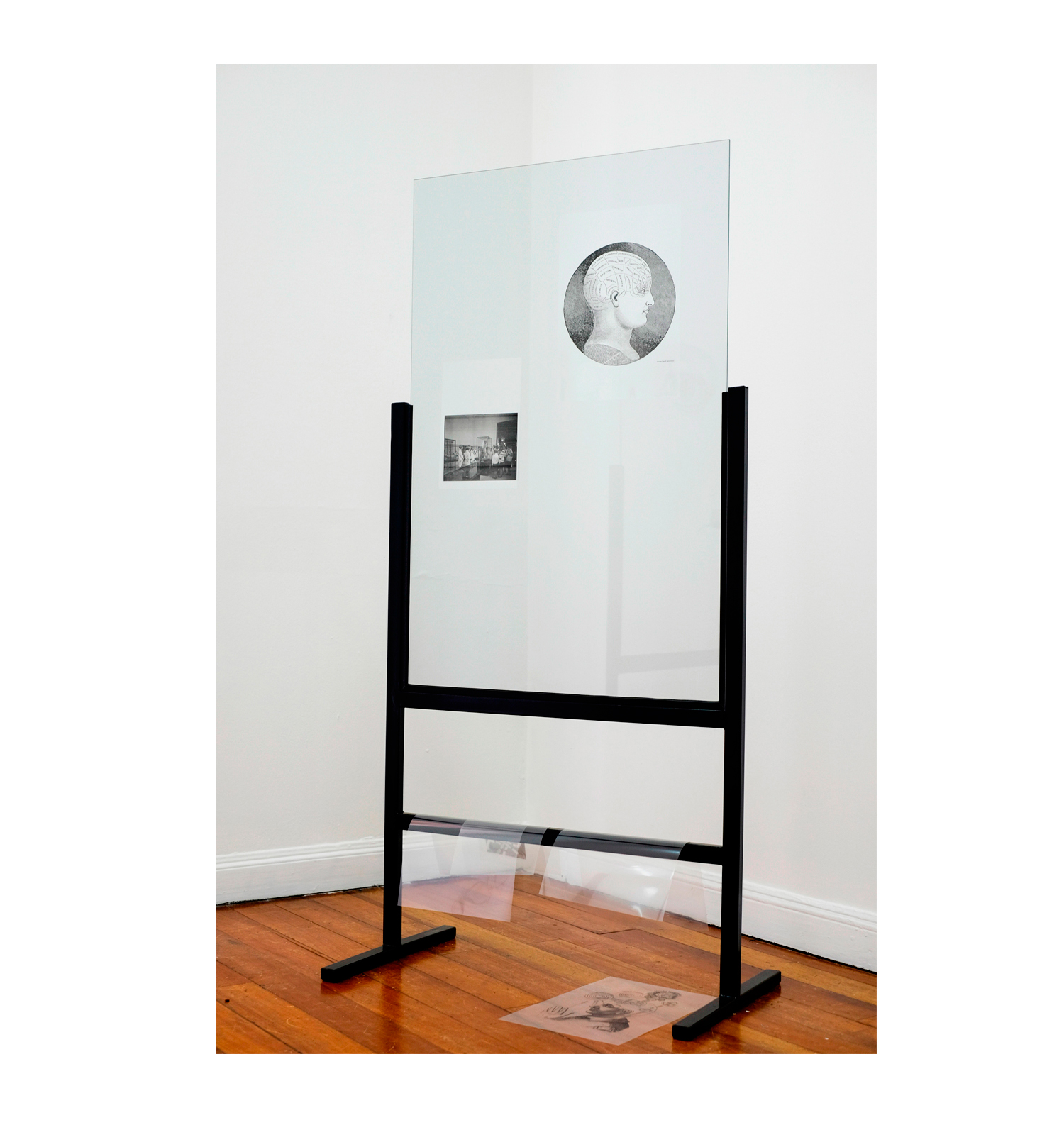



“A slanted pedagogy”
Installation
Intervened textbooks
2015
An installation formed by textbooks, slanted at a diagonal angle to make reference to “slanted information” – a term for information that is not impartial and that evades or ignores one side in favour of the other.
Textbooks reflect a viewpoint of the social and cultural reality which corresponds to the majority culture. The most frequent forms of bias in contemporary education consist of inaccuracies, stereotypes, omissions, distortions and partisan language. In the majority of materials analysed this bias reveals itself in information that is not very respectful with cultures different to our own. This information is presented uncritically and with too much complacency regarding the place and time under discussion.
In 2014, a collective of Spanish teachers denounced the publication of two textbooks, intended for primary school children, which omit the circumstances of the death of playwright Federico García Lorca. The books present his death in 1936 as a collateral effect of “a Spanish war”, failing to specify that in reality he was executed by firing squad on the orders of the fascist forces during the Spanish Civil War on account of his political affiliations and homosexuality.
Even though the information they provide is not incorrect, these books are omitting extremely relevant and sensitive information, clearly revealing the political motivations of the books’ editors and of the political parties behind them. This lack of objectivity (unacknowledged) converts many educational textbooks into material for indoctrination: the perfect tool for introducing historical and social distortion into the classroom.
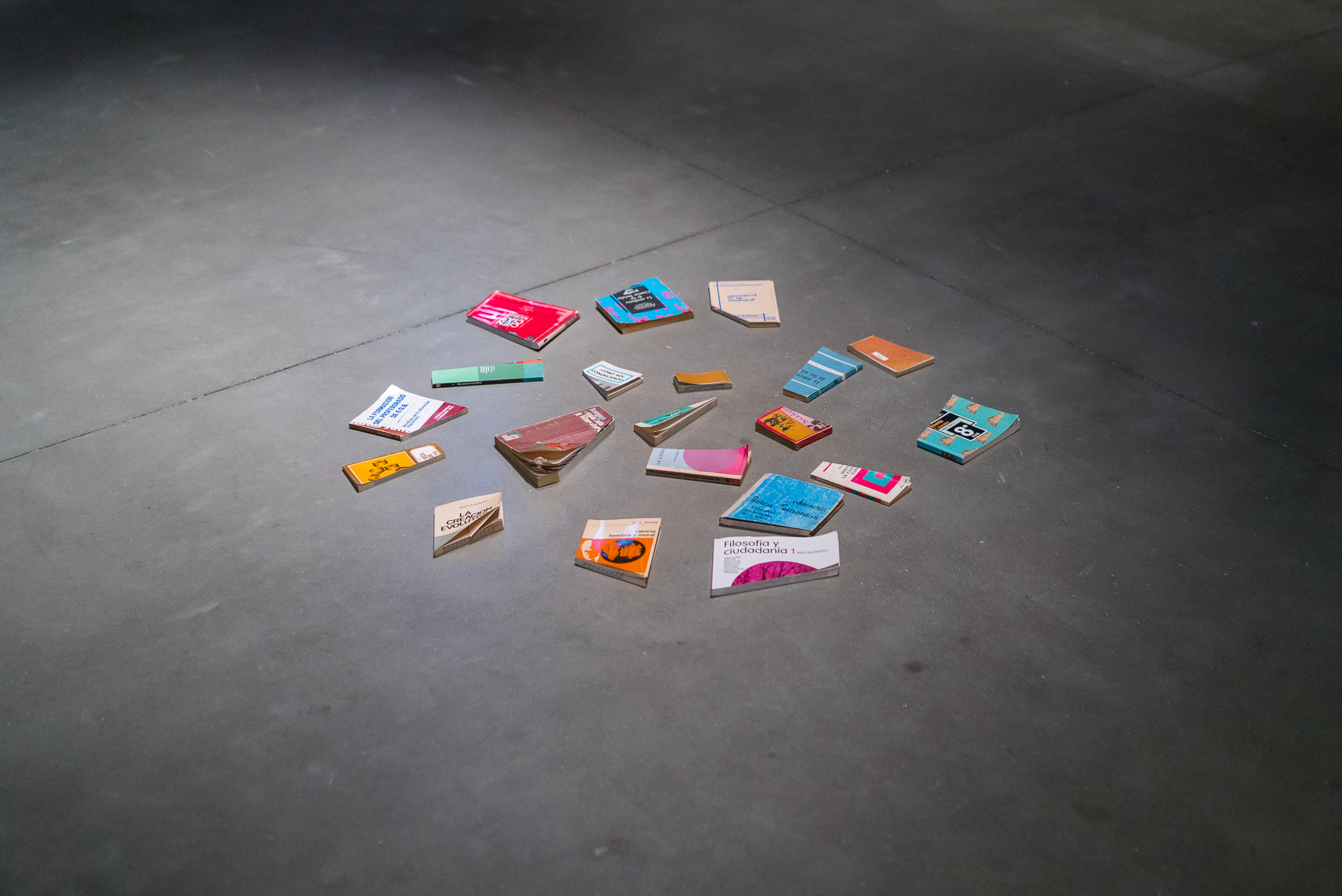
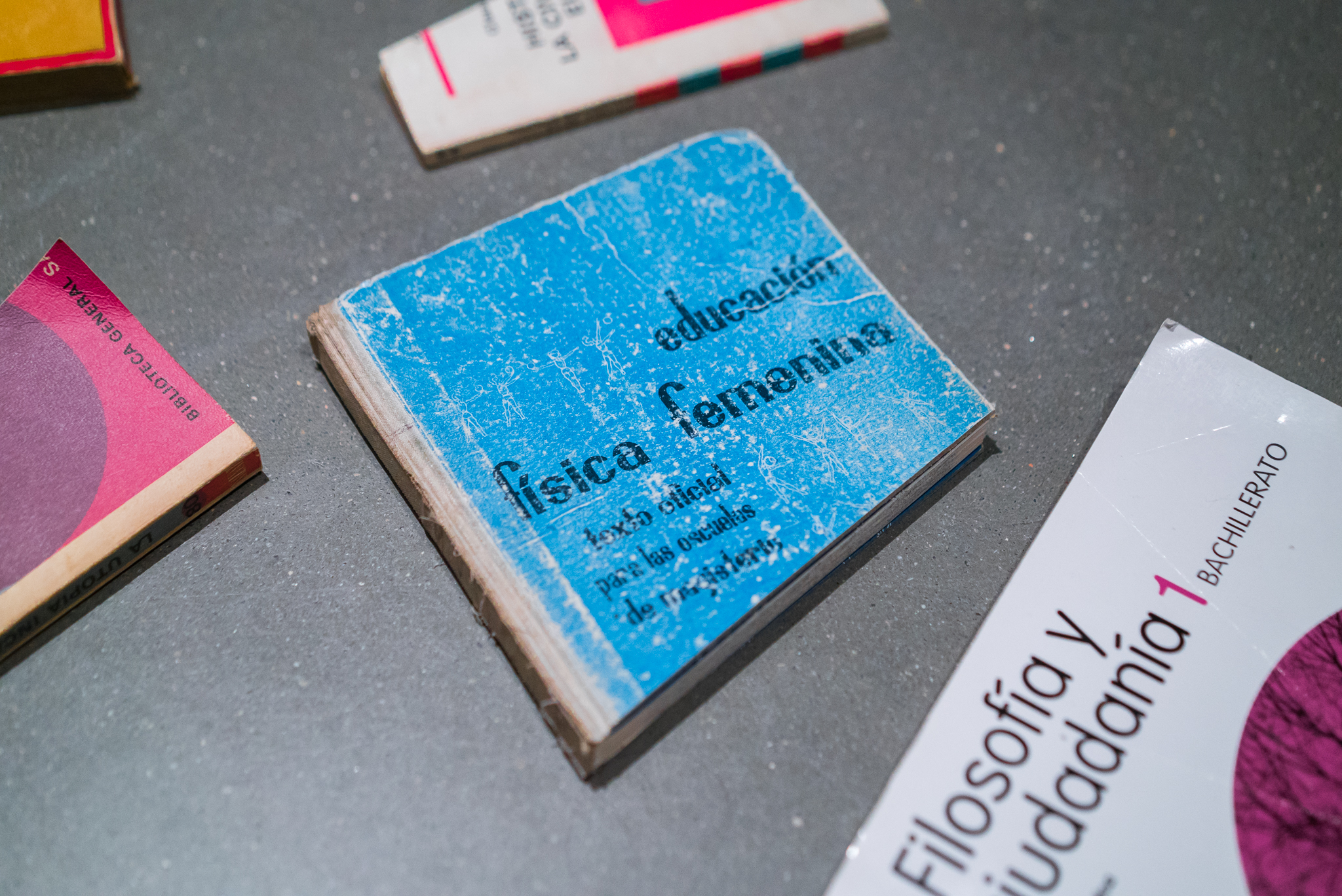
“Un intento de hacer perceptible lo imperceptible”
Installation/performance
2012
Homesession studio
“An attempt to make perceptible the imperceptible” has been conceived as a site-specific installation that tries to change the perception of the exhibition space.
The main point of departure of the installation revolves around diverse currents of thinking that seek to reconsider the exhibition space, arising from art history, institutional critique and education. These theories call for a museum far removed from the strict protocols regarding space, freed from the established codes that maintain a physical and emotional distance between the public and the object.
To resolve this abyss, this project explores the euphoria that playing can provoke.
The 4 hours of the opening, a canon indiscriminately bombarded the entire Homesession space with 30 kilos of golden confetti.
The confetti, apart from falling on top of the spectators and inundating the entire space, fell on top of a table, in the form of a vitrine, something fairly typical in a traditional museum, where cuttings from books about museography are shown. One had to look for the information, clearing the top of the table and casting aside the traditional role of the simple observer.



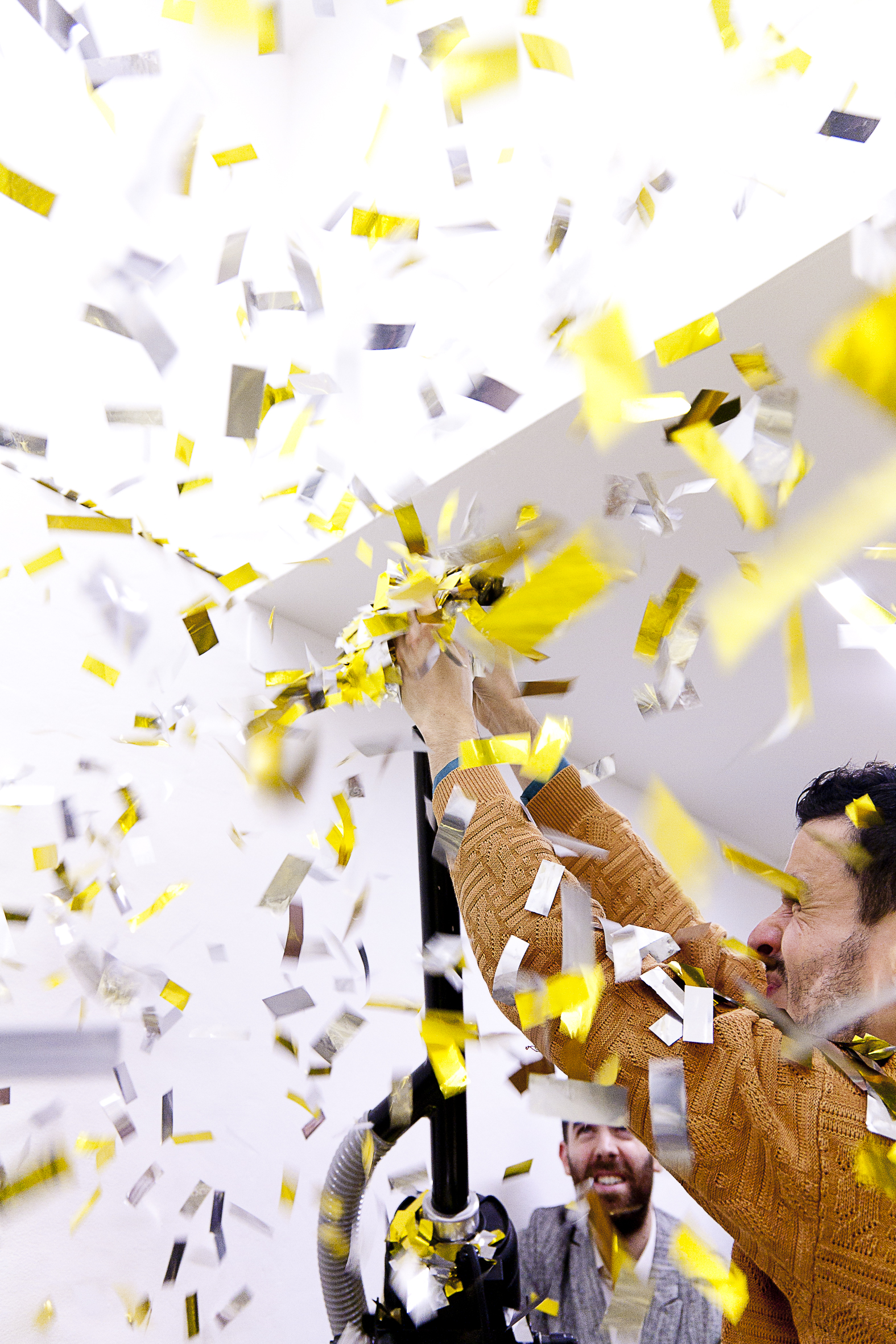
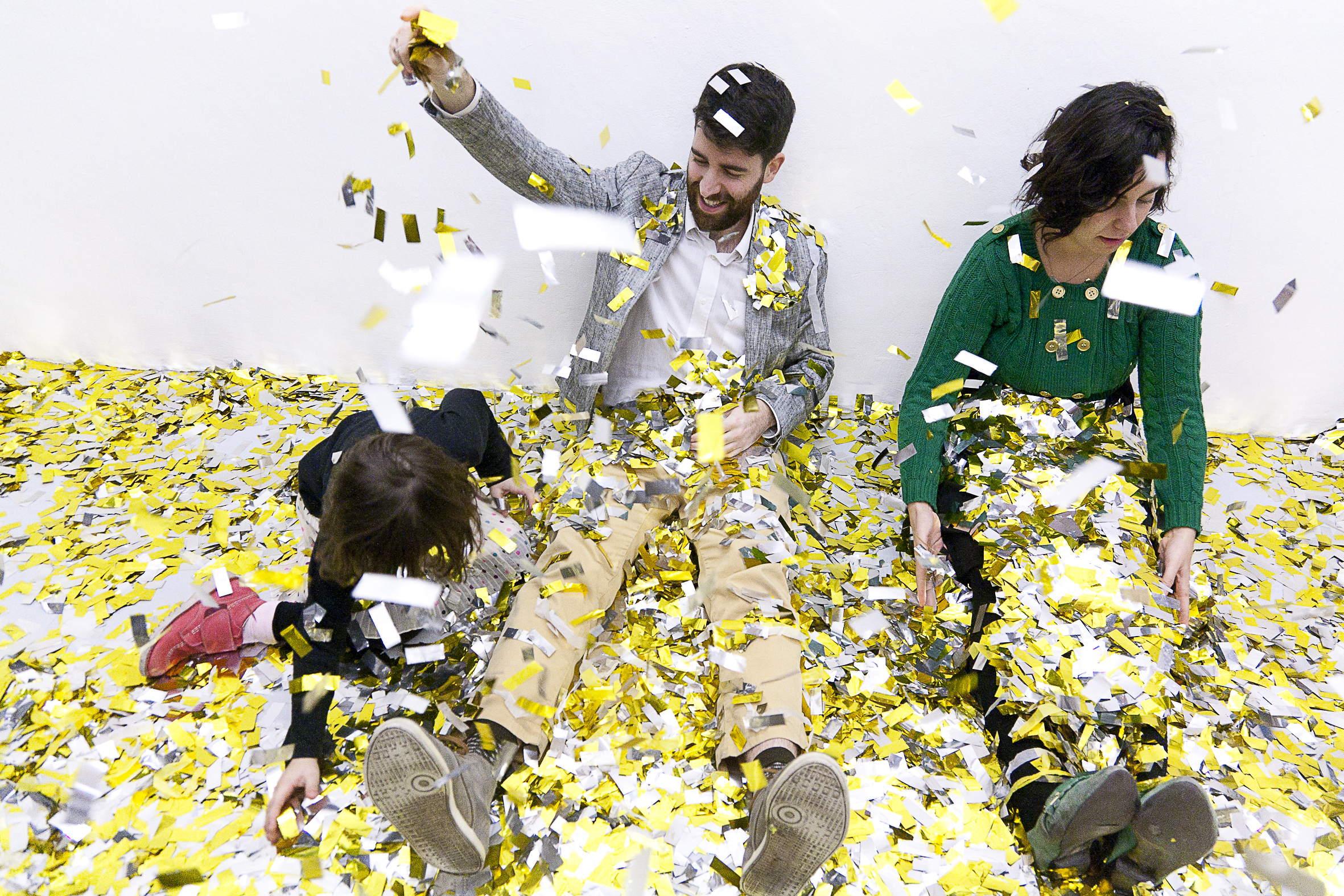

“Juego de asociaciones”
Installation/Sculpture
Printing on corrugated cardboard
CENTRE D’ART CONTEMPORANI – Fabra i Coats
2014
‘The game of associations’ is a type of game and psychoanalytic method developed for the analysis and detection of intellectual and physical anomalies in young children. A child is shown an image, and asked to associate it with an idea, drawing, emotion, memory or feelings. There is no intervention from the psychologist in the process of making these associations, even if the selection of relationships seems incoherent.
In this work, a series of images, motifs and drawings are collected together, extracted from different books on pedagogy and child psychology. The images are set in a three-dimensional construction, in which the viewer can interact with the installation to make new associations and interpretations between them.



Drawing the space
Workshop
Centre d´art la Panera-Lleida
2009
“Drawing the space” was an action with whom I worked together with a kids group the idea of the white cube and I proposed them to draw a new three-dimensional space inside the exhibitor space, using tape in different colours.
